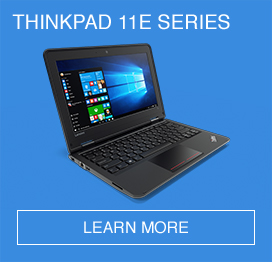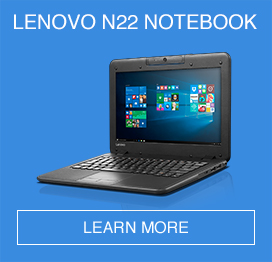Once the domain of big business and research facilities, technologies such as augmented reality, 3D printing, gamification and cloud computing are increasingly used by educational institutions to transform the teaching and learning experience.
Physics teacher Andrew Vanden Heuvel is an educator who believes that new technology can capture the imagination of his students and inspire them to learn. Back in 2013 he took his students on a virtual field trip of a lifetime using Google Glass, when this technology was still in its infancy. Wearing Google Glass, he live-streamed his bike ride through the Large Hadron Collider tunnel at CERN in Switzerland to his class back in Michigan.
“The fact that I was able to share this experience with students, even answering their questions in real time, was simply mind-blowing,” Vanden Heuvel wrote in his blog.
To even the most technophobic among us, the advantages of using technology in the classroom are becoming obvious. In an interview with the Huffington Post, Susan Mann, CEO of Education Services Australia, said the benefits are significant. “Teachers are reporting increased motivation by students when they are involved in digital learning, and our preliminary research shows that this increased engagement is increasing students’ learning outcomes.” Australian schools are among the most innovative users of new and emerging technologies.
Australian schools leading the way
Considered a national leader in e-learning and educational technology, St Columba Anglican School (SCAS) in New South Wales (NSW) is home to Australia’s first permanent K-12 MakerSpace.
The MakerSpace offers technologies that encourage creativity, self-directed learning and experimental play. Students have access to a range of tools, including a 3D scanner and printer; a Raspberry Pi (a credit-card sized computer); an Oculus Rift (a virtual-reality headset students use to build virtual maps and games); and a robot or two.
Darwin High School in the Northern Territory uses 3D printing to teach students about product development for a micro-business. Using 3D printers and 3D modelling software, students prototype ideas, explore product design and learn how to market their goods. Students at Leeming Senior High School in Western Australia use 3D printers and a free 3D modelling program called Sculptris in their digital media projects.
The window on the cloud
The ubiquity of tablets and mobile devices, as well as the easy availability of thousands of education apps, has enabled anywhere, anytime learning. At St Leonard’s College in Victoria, students are using tablets loaded with maths apps and e-textbooks to access information, receive instruction and conduct research.
Cloud computing and social networking apps are making it easier than ever for students and teachers to connect and collaborate. Cloud-based learning environments where students can logon to review course material, submit homework and participate in online forums are becoming common. In Victoria, students and teachers at Ringwood North Primary School co-wrote a digital story based on the Epic Citadel app and shared their creation with schools worldwide.
SCAS was one of the first schools in the world to use the Google Apps for Education suite, including Google Classroom to create, manage and monitor assignments. SCAS was selected to lead the first-ever student science projects from the southern hemisphere on the International Space Station, and plans to use Google Apps to complete the work.
Gamification is also gaining traction. Students in Years 5 and 6 at Northern Beaches Christian School in NSW play a simulation game to learn about science. Players complete tasks to earn virtual tokens, which are then exchanged for play science equipment.
The education sector will continue to be disrupted by technological change. Those teachers that are embracing the opportunities presented by new technologies are finding real value in more motivated and engaged students, which in turn is helping achieve better educational results.

















